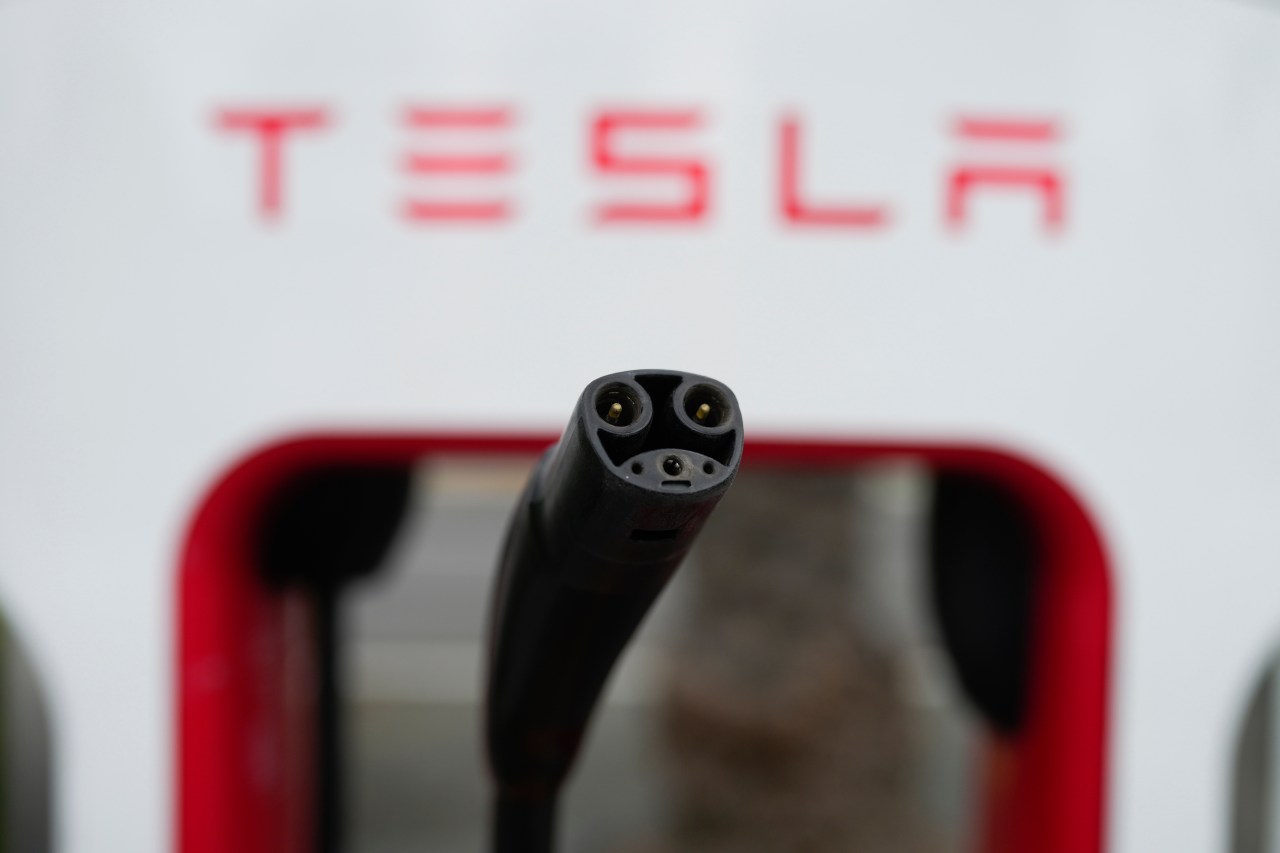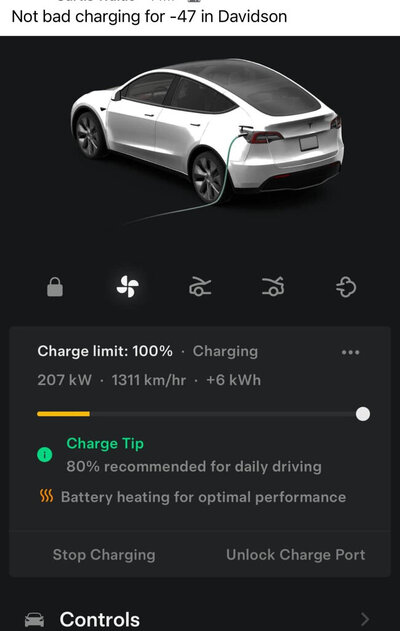uchu
Well-known member
It's a real issue. Batteries don't like extreme temperatures, as these Tesla owners in the Chicago area just found out...

 wgntv.com
wgntv.com

EV drivers struggle to keep batteries charged amid winter freeze
CHICAGO — The winter freeze is impacting residents across Chicagoland, but some EV drivers are facing an additional handful of problems as they deal with long lines at charging stations and reduced…
 wgntv.com
wgntv.com


